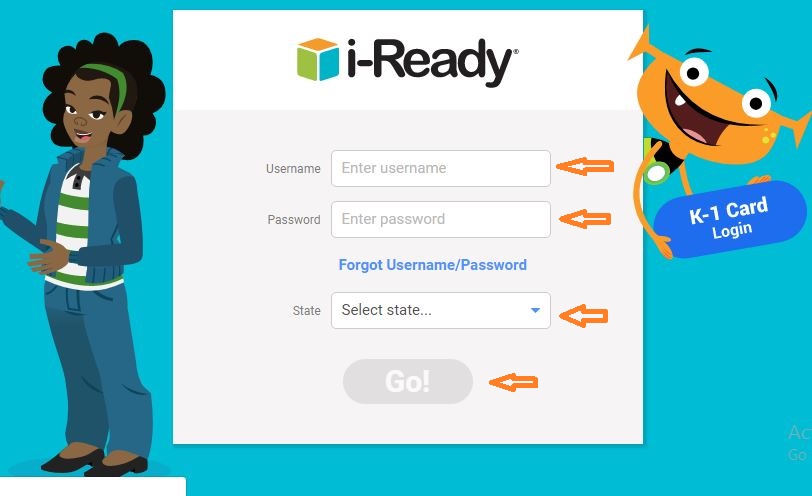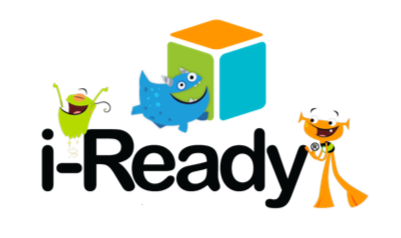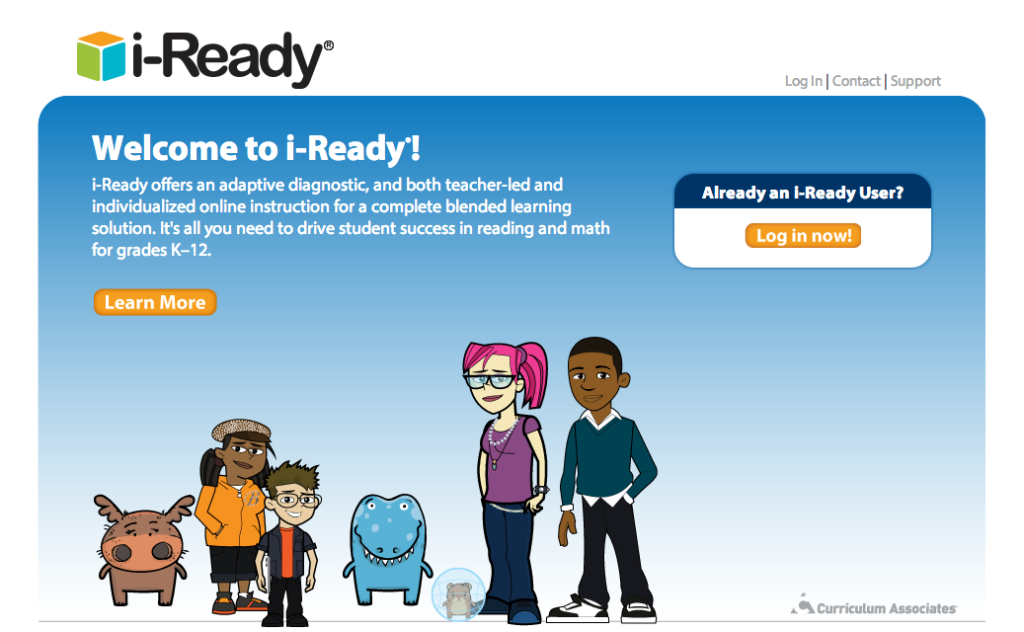
When Was i-Ready Made? Things To Know
Have you ever heard about i-Ready? Do you know when it was made? Here in this post, we are going to tell you everything about i-Ready.
i-Ready is an online program for reading and/or mathematics that will help your student’s teacher(s) determine your student’s needs, personalize their learning, and monitor progress throughout the school year.
So, when was it made? i-Ready was released in 2009 and was fully completed in 2011. We will examine i-Ready for you in this article. Please keep reading.
When Was i-Ready Made?
Marcel Duchamp coined the term ready-made in 1915 to describe a common object that had been selected and not materially altered in any way.
Duchamp assembled Bicycle Wheel in 1913 by attaching a common front wheel and fork to the seat of a common stool. This was not long after his Nude Descending a Staircase was attracting the attention of critics at the International Modern Art Exhibition In 1917, Fountain, a urinal signed with the pseudonym “R. Mutt”, and generally attributed to Duchamp perplexed the art community.
What Is i-Ready?
i-Ready is a set of Math and reading diagnostic and instructional tools that are based on the Common Core State Standards (or state standards, for states without the CCSS). Students take an adaptive placement test before beginning the program.
i-Ready then uses this data to create individualized instructional pathways for each student. Students, groups of students, or even an entire class can have their learning experiences tailored by teachers or by i-Ready on its own.
As far as the overall scope and sequence for their students are concerned, teachers can anticipate having fine-grained control over the lessons they teach. i-Ready also provides teachers with a variety of diagnostic reports.
On growth, performance, academic advancement, and other topics, data is provided. i-Ready will provide suggested live instruction activities, groups, and lessons. To ensure that i-Ready’s algorithms are meeting students’ needs, teachers should closely monitor their student’s work on the platform.
Students have a pleasant experience once they have finished the diagnostic test. Students can choose a theme and coach on the program’s streamlined dashboard, and they can even have their course material read to them. Animated characters from a wide range of genres guide students through each task in each lesson.
Lessons begin with a summary of the learning objectives, then move into a guided learning process. Children cannot skip ahead but may review lessons at any time. Many math assignments help students gain a conceptual understanding of a variety of subjects.

Students will read while using a notepad, a dictionary, and some annotation tools as part of the reading program. Math concepts are presented in authentic texts and real-world contexts in the review sample offered by i-Ready.
There is also some Spanish-language content and closed captioning. Teachers may be familiar with the games section’s apps that were formerly Motion Math apps.
Who Invented i-Ready?
i-Ready was invented in 2011 By working with Curriculum Associates, all students will experience equitable learning. The i-Ready Assessment and instructional tools were developed to identify student needs and assist teachers in providing individualized instruction with the careful input of educators.
Teachers trust the information provided by Curriculum Associates’ i-Ready Assessment because it is founded on the most recent, comprehensive research available in the field. More than 10 million students nationwide use i-Ready Personalized Instruction to build their skills for grade-level success.
Curriculum Associates’ research shows that i-Ready On state exams, Personalized Instruction increases students’ reading and math achievement. To make sure we are meeting the needs of teachers and students, we continuously improve our programs based on the most recent research, evaluations from expert educators, and customer feedback.
Is i-Ready a Waste of Time?
No, i-Ready is not a waste of time. The i-Ready Diagnostic provides valuable information to teachers, including sophisticated data and actionable insights to help them address students’ individual needs and support meaningful progress. Our belief is that technology use should be limited to high-quality, engaging, and productive learning experiences that are proven to help students grow. We recognize the value of classroom learning time.
We conduct rigorous research to understand the relationship between time spent in i-Ready and student growth. This insight informs the research-backed guidance we offer schools about the amount of time students should spend using the program to get the greatest gains and avoid overuse.
How To Teach With i-Ready?
The best way to collect information about your students that will be useful as you differentiate the instruction in your class is to use i-Ready. Shrewd teachers can target their instruction, create intervention groups, and monitor the efficacy of their instruction with the aid of a deep dive into the data.
Use i-Ready to close learning gaps or even to advance some students to the next level. i-Ready will suggest up to five groupings for your class and provide instructional ideas and suggestions.
Depending on how your classroom is set up, you might use an i-Ready station where students rotate through while others work on activities and conferences with you. Encourage your students to set goals and reflect on their learning using the reports.
These reports might be beneficial when speaking with parents. Keep in mind that you could also use individual i-Ready lessons projected for the entire class as part of your instruction around a topic.

When applications like i-Ready are used excessively, this poses a serious problem. On adaptive programs like i-Ready, teacher and student burnout can be a problem. This significantly reduces its value as a tool for instruction and evaluation.
i-Ready wasn’t developed to replace teacher instruction or an already established curriculum; it’s meant to be used as a supplement to teaching. Although a teacher may need to adjust this to keep i-Ready effective, the developers recommend 45 minutes per subject per week, which is best split into two or three sessions.
Is i-Ready Good For Learning?
i-Ready is a great bet for an adaptive, supplemental learning tool. Its primary strength is in identifying each student’s needs and then focusing on providing them with individualized practice and instruction. Here, whether for specific students, groups, or an entire class, teachers’ capacity to further personalize and customize the experience is crucial.
Every few minutes, as students progress through lessons, they will interact with animations. Some children may find this helpful in keeping their attention, but others may grow weary and want to continue the lesson. The instant feedback given to students is beneficial throughout and contains both audio and visual supports.
i-Ready’s question types align well with what kids might encounter on State assessments or Common Core. Although i-Ready does aim to teach conceptual understanding, it is reasonable to view it as a test preparation tool. However, teachers shouldn’t rely solely on i-Ready to satisfy all of their student’s educational needs.
The program gives teachers a thorough look at student data and a clear picture of the overall development and achievement of their students. Ideally, this will assist teachers in making plans that address actual classroom needs. Should teachers desire them, lesson plans can be printed.
The system’s reports also provide a variety of information. i-Ready clearly has spent some time making this data organized and easily accessible for teachers, allowing them to find the information they want.
In general, i-Ready delivers learning content in a rigorous and engaging manner. If teachers use i-Ready consistently alongside their own high-quality classroom instruction—and here’s the catch—this combination will probably benefit kids.
Is i-Ready Bad For Student Achievement?
No. The i-Ready test and i-Ready Personalized Instruction are both grounded in research and have proven to work. The i-Ready test supports educators by accurately evaluating students so teachers can provide the individualized instruction needed to help with student achievement. No dangerous or adverse side effects of the i-Ready testing tools have been found.
Research on the impact of i-Ready shows that it has a positive effect on elementary and middle school students reading and math achievement, including students with disabilities, English Learners, students with socioeconomic disadvantages, and students of color.


